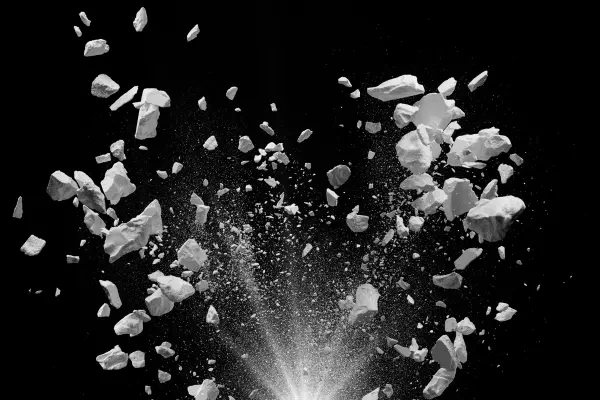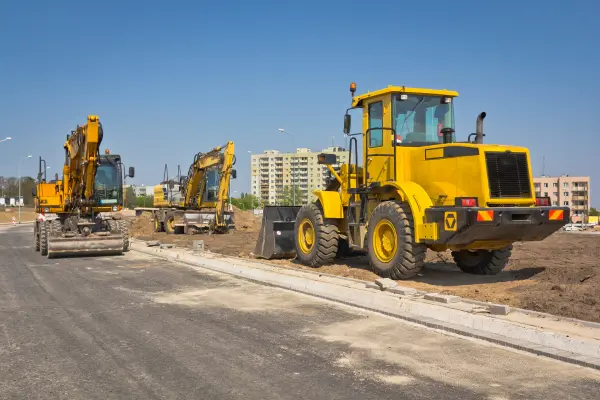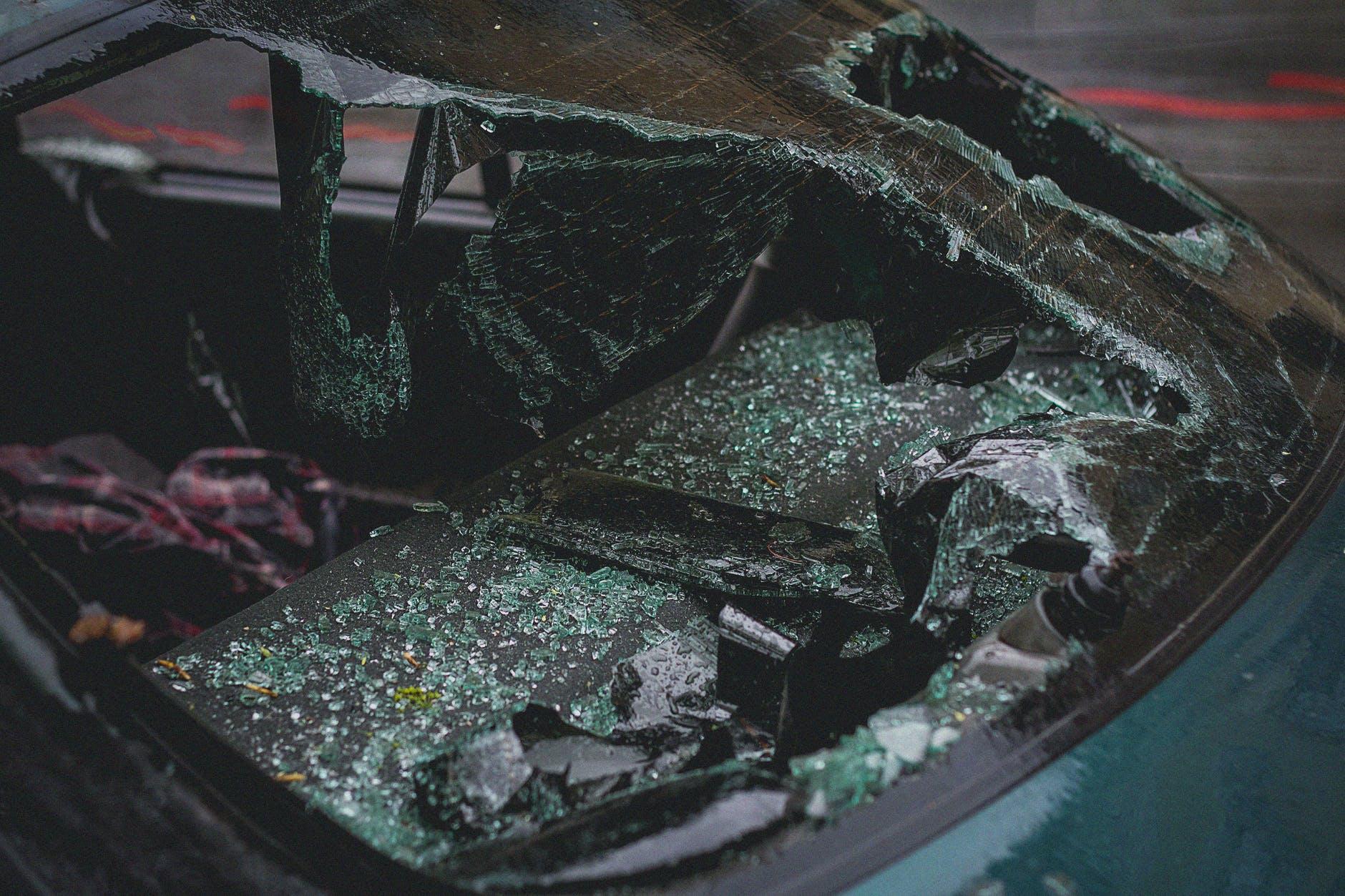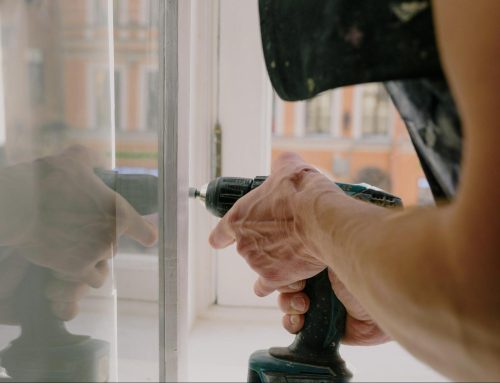Auto glass damage is a frequent concern for vehicle owners, affecting visibility, safety, and the structural integrity of the vehicle. Understanding the root causes of glass damage can help in taking preemptive measures to protect your vehicle.
However, sometimes it can be damaged for some reason. Therefore, homeowners should be aware of all the possible causes of glass damage to mitigate the risk of any damages in the future.
Take a look at six common reasons for glass damage:
Debris And Gravel

Debris and gravel are among the leading causes of windshield damage. As gravel or debris hits the windshield while driving, it creates tiny scratch marks.
The mechanism of damage from road debris is relatively straightforward but can vary in severity based on several factors:
- Speed of Impact: The faster a vehicle (or the vehicle in front) is travelling, the greater the force when debris hits the windshield or windows. High-speed impacts are more likely to cause cracks or even shatter the glass.
- Size and Nature of Debris: Larger stones or pieces of debris can cause more significant damage upon impact. Even small pebbles can become dangerous projectiles when propelled at high speeds.
- Angle of Impact: The angle at which debris hits the auto glass can affect the type and severity of the damage. A direct hit is more likely to cause a chip or crack compared to a glancing blow.
You can avoid this issue by choosing cleaner routes without any risk of flying debris or gravel.
Construction Vehicles

If you ever find yourself driving behind a construction vehicle, proceed with caution. The rocks, dirt, and machinery can fall off at any time and damage your car’s windshield. Rather than attempting to pass the truck, maintain a safe space between your vehicle and the truck.
As these vehicles navigate through or near construction sites, they often kick up rocks, gravel, and other materials, which can then strike the windshields or windows of nearby cars, causing chips, cracks, or even shattering the glass. Additionally, the transport of building materials can lead to spills that directly impact following vehicles.
Excavators and other machinery might accidentally fling debris into the air, further increasing the hazard. Roads within construction zones may also be dirtier and not cleaned adequately, leaving hazardous debris that can lead to glass damage. To mitigate these risks, drivers should remain vigilant when driving near construction zones, maintain a safe distance from construction vehicles, and, if possible, choose alternative routes to avoid passing through high-risk areas. Regular vehicle inspections for any glass damage are also advisable, allowing for early detection and repair to prevent minor damage from worsening.
Everyday Casualties
Accidents can vary from situation to situation like a baseball hitting your car or a major car accident that can damage your auto glass. While some car accidents cannot be avoided, it’s better to be cautious. In case of everyday accidents, it is advised to park your car in a safe spot.

severe glass damage
Poor Installation
Glass windows or panels should be installed correctly during the construction phase. In some circumstances, the installation process is done incorrectly, which might lead to structural problems. Like leaks and cracks. Leaks can cause expansions and contractions in the glass frame, resulting in cracking and breaking. To avoid damage to the glass, make sure it is securely fastened and sealed. The technician can also install a glass protection film. Similarly, manufacturing defects, although rare, can compromise the durability and integrity of the glass.
Hail Storms

Damage done by hail storms can be difficult to avoid due to sudden weather changes. Damage due to hail storms can range from fixable to serious damages. If you live somewhere where hail storms often occur, it is better to park your car in an enclosed space.
Ageing
Windows are subject to the same wear and tear as the rest of the house. Many factors in the environment can impact the condition of your windows. The expansion and contraction of neighbouring structures might cause windows to crack in rare circumstances. Your windows are likely to crack over time if they are ancient.
Change In Temperature And Pressure

Temperature extremes and their resultant effects on auto glass cannot be understated, especially when considering the durability and safety of a vehicle’s windshield. Both hot and cold conditions exert stress on auto glass, leading to expansion and contraction that can significantly compromise its structural integrity. This phenomenon makes the windshield increasingly vulnerable to damage. When the glass expands in heat, it can press against the frame of the car, creating tension. Conversely, in cold conditions, the glass contracts, potentially leading to separation from its seal and creating weak spots.
This cycle of contraction and expansion is not merely a concern for its immediate effects but also for how it predisposes the windshield to further damage. A windshield weakened by temperature stress becomes much more susceptible to external pressures. Wind pressure, a common yet often overlooked force, can exacerbate existing minor flaws in the glass, widening small cracks or chips that were previously insignificant. Similarly, any object that comes into contact with the glass—whether it’s road debris kicked up by another vehicle, hail during a storm, or even an accidental impact from a misplaced object—can easily cause serious damage. The likelihood of scratch marks, chips, or cracks forming increases significantly when the windshield’s resilience is already diminished by thermal stress.
Incorporating protective measures against these risks is essential for maintaining the windshield’s integrity. Parking in shaded areas or using reflective windshield covers can minimize exposure to direct sunlight and reduce temperature buildup inside the vehicle, mitigating the risk of heat-induced expansion. During colder months, gradually warming up the vehicle allows the glass to adjust to temperature changes slowly, reducing the risk of contraction-related stress. Furthermore, regular maintenance checks can help identify vulnerabilities in the windshield’s structure, allowing for timely repairs that prevent minor damages from escalating under the added strain of temperature changes and external impacts.
Most Common Reasons for Glass Damage Summary
The integrity and safety of auto glass are compromised by several factors, with road debris, construction vehicles, harsh weather conditions, and temperature fluctuations being the most prevalent. Each of these elements poses a distinct threat, from the physical impact of stones and debris to the subtle yet significant stress of thermal expansion and contraction. Understanding these common causes of glass damage is crucial for vehicle owners, as it empowers them to take preventative measures. By maintaining a safe distance from potential hazards, seeking sheltered parking, and adhering to proper maintenance practices, drivers can significantly reduce the risk of damage to their auto glass. Ultimately, proactive care and awareness are key to preserving the longevity and safety of vehicle windshields and windows, ensuring clear visibility and protection on the road.
Are you experiencing the problems discussed above with your commercial or residential property’s glass doors and windows? Crystal Glass is one of the best emergency glass service providers.
Our experienced professionals can even deal with minor residential and commercial glass repairs. We also provide excellent car windshield replacement services. Contact us to secure our affordable glass replacement and glass repair quotes in Edmonton.

